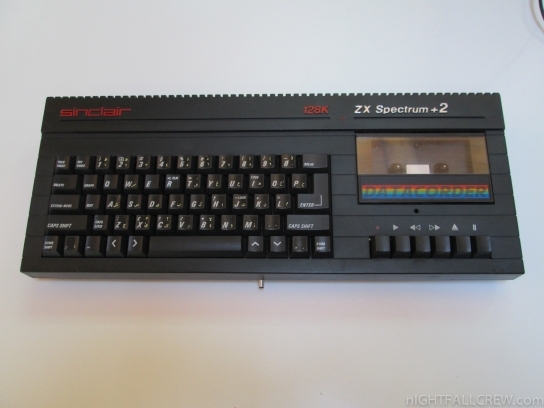
Autopsy:
This is the translation of the Arabic boot screen:
© 1987, 1988 Sinclair of Egypt
presented by Matsico Corp, an authorized dealer of Sinclair & Amstrad in Egypt
prepared by Dr. Nabil Nazmi
(Version 3)
The computer is arrived in pitiful condition. The inside of the computer and the keyboard were are full of sand and dirt.
Restoration and repairs that have been made:
- Replaced the top case with a new one.
- Replaced the bottom case with a new one, then replaced again with the old one to keep the original appearance. (the hole for the switch is standard in the Arabic version)
- Replaced the tape recorder.
- Replaced the motherboard with a issue #2 instead of issue #1 (was not convenient the repair)
- Cleaned all keys and membrane.
- Replaced all rusty springs of the keyboard.
- General cleaning.
- Moved the ROM/EPROM mod on the new motherboard.
- Replaced the original switch with a new one, then replaced again with the old one to keep the original appearance.
from Wikipedia:
The ZX Spectrum +2 was Amstrad’s first Spectrum, coming shortly after their purchase of the Spectrum range and “Sinclair” brand in 1986. The machine featured an all-new grey case featuring a spring-loaded keyboard, dual joystick ports, and a built-in cassette recorder dubbed the “Datacorder” (like the Amstrad CPC 464), but was in most respects identical to the ZX Spectrum 128. The main menu screen lacked the Spectrum 128′s “Tape Test” option, and the ROM was altered to account for a new 1986 Amstrad copyright message. These changes resulted in minor incompatibility problems with software that accessed ROM routines at certain addresses. Production costs had been reduced and the retail price dropped to £139–£149.
The new keyboard did not include the BASIC keyword markings that were found on earlier Spectrums, except for the keywords LOAD, CODE and RUN which were useful for loading software. This was not a major issue however, as the +2 boasted a menu system, almost identical to the ZX Spectrum 128, where one could switch between 48k BASIC programming with the keywords, and 128k BASIC programming in which all words (keywords and otherwise) must be typed out in full (although the keywords are still stored internally as one character each). Despite these changes, the layout remained identical to that of the 128. The ZX Spectrum +2 power supply was a grey version of the ZX Spectrum+ and 128 power supply.
The ZX Spectrum +2A was a variant of the Spectrum +3 housed a black version of the Spectrum +2 case mouldings. The Spectrum +2A/+3 motherboard (AMSTRAD part number Z70830) was designed such that it could be assembled without the floppy disk controller or associated logic and a +2 style “datacorder” connected. Originally, Amstrad planned to introduce an additional disk interface for the +2A/+2B called the AMSTRAD SI-1, however this never appeared. If an external disk drive was added, the “+2A” on the system OS menu would change to a +3.
The power supply of the ZX Spectrum +2A used the same pinout as the +3. However, the power supply purchased with the +2A/B had “Sinclair +2″ written on the case.
source: wikipedia
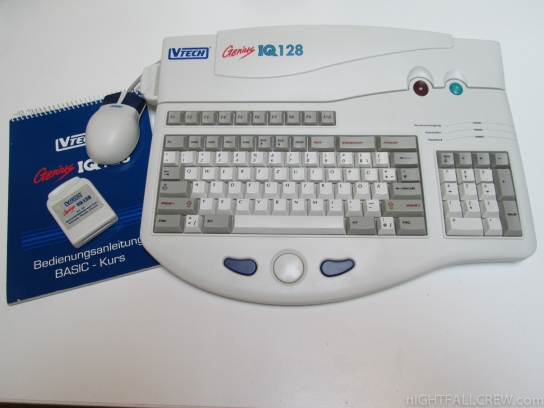
















 Some new games or tools (Cracked / Trained or Unrealeased) for Commodore 64 have been released from your favorites groups:
Some new games or tools (Cracked / Trained or Unrealeased) for Commodore 64 have been released from your favorites groups:  The HxC Floppy Drive Emulator is a software and hardware system created by jfdn aka Jeff.
The HxC Floppy Drive Emulator is a software and hardware system created by jfdn aka Jeff. ASAP is a player of
ASAP is a player of 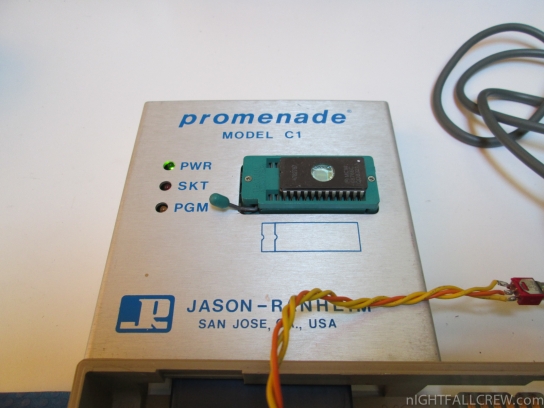












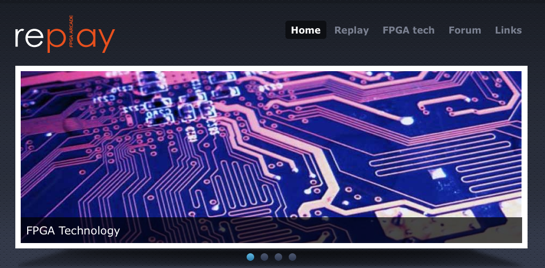
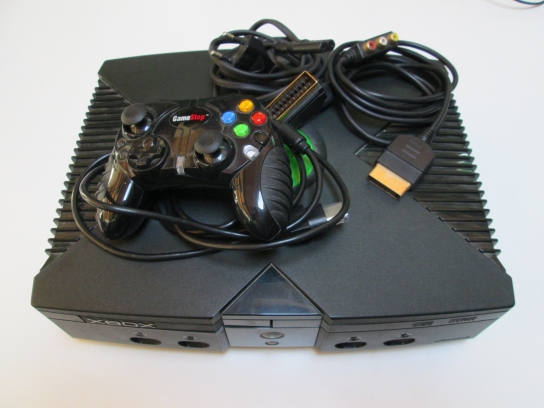
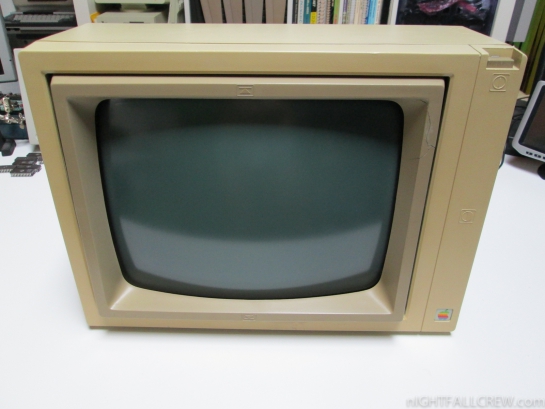















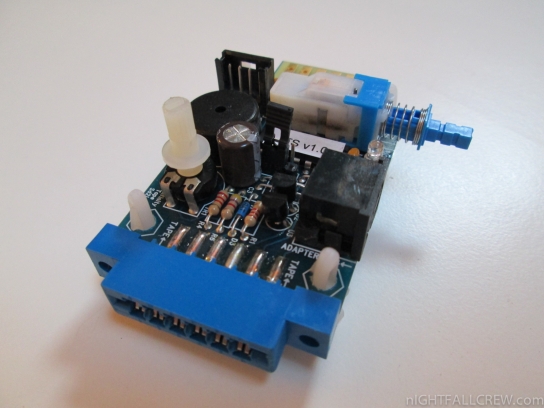
















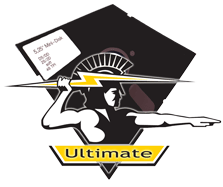 A new version of the firmware for the interface 1541 Ultimate II is released. This version runs only on the 1541 Ultimate II cartridge (new fpga).
A new version of the firmware for the interface 1541 Ultimate II is released. This version runs only on the 1541 Ultimate II cartridge (new fpga).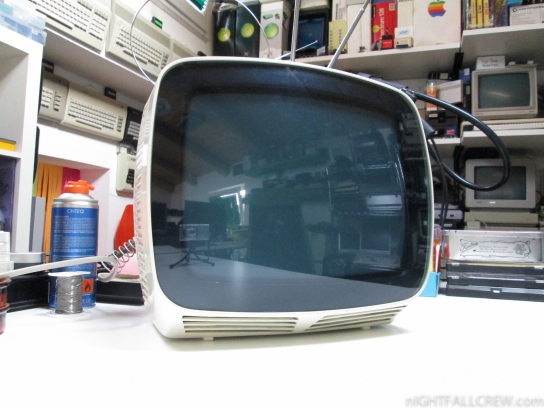















Recent Comments